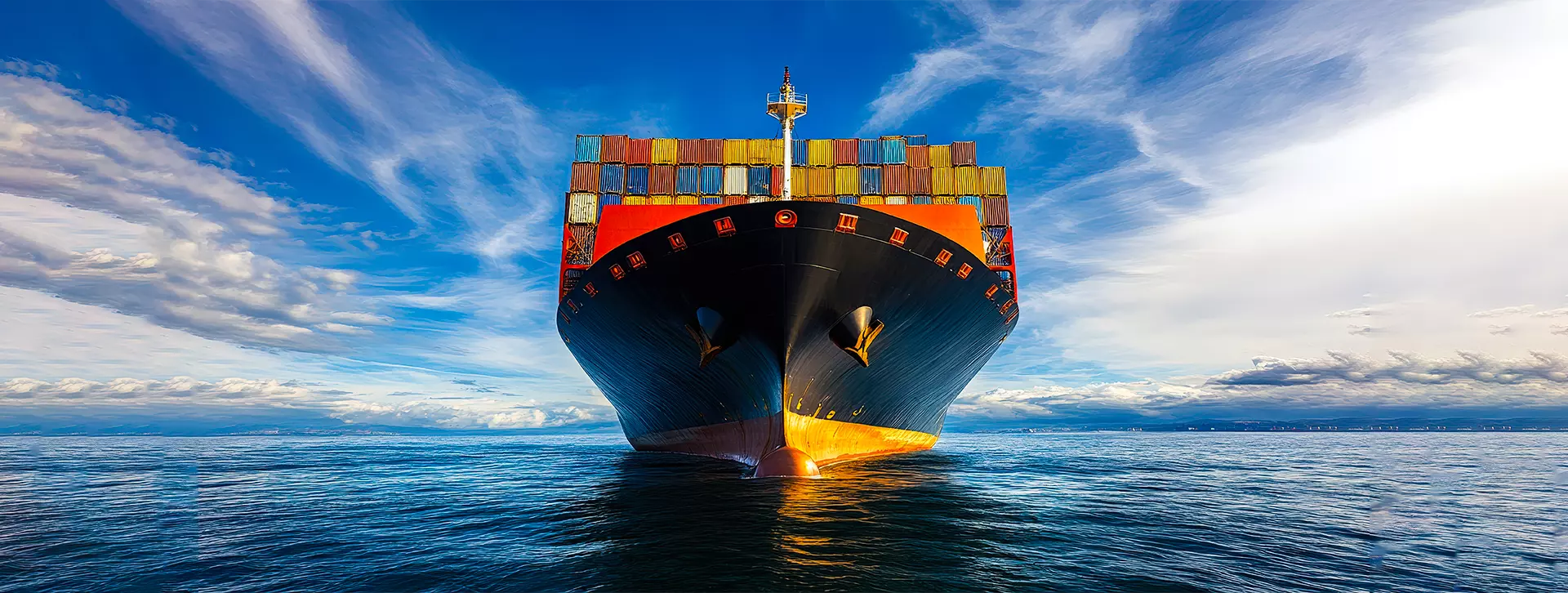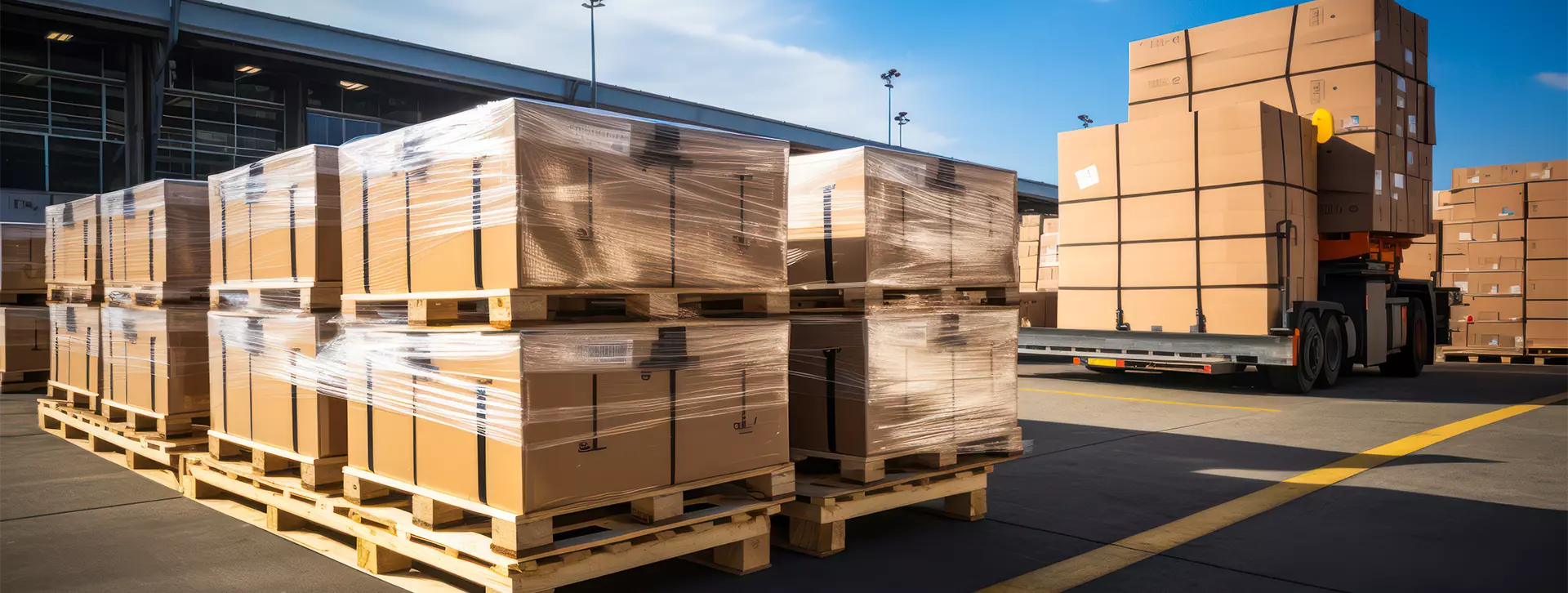
International shipping can be complex and risky, with potential issues like damage, delays, or even loss. Learn the best practices to protect your goods and ensure they arrive safely at their final destination.
Once the shipment leaves the warehouse, it enters a complex chain of transportation, storage, and inspection. At every stage, there’s a risk of errors or damages that could cost you significantly. That’s why it’s essential to be prepared by following effective preventive steps and strategies to ensure the safety of your goods.
1. Cargo insurance: An investment, not a luxury
Many traders, especially beginners, overlook the importance of insuring goods during shipping. Insurance is not just for covering losses it’s also a legal safeguard in case of unexpected incidents such as fire, sinking, or theft.
- Types of Insurance: All Risk Insurance, Named Perils Insurance.
- Tip: Read the insurance policy terms carefully, and make sure it covers the destination, type of goods, and shipping method.

2. Professional packaging: The first line of defense
Proper packaging protects the shipment from damage during transportation or handling. The type of packaging depends on the nature of the product (glass, electronics, food, industrial equipment…).
- Use sturdy and water-resistant boxes when necessary.
- Secure the internal contents to prevent movement during shipping.
- Place clear labels (Fragile, This Side Up, Do Not Stack…).

3. Choosing a reliable shipping company
Not all shipping companies are equal in terms of efficiency and professionalism. Choosing a company with a clean record and experience in the target destination reduces many potential problems.
- Request recommendations from other traders.
- Check online customer reviews.
- Make sure the company offers tracking and insurance services.
4. Accurate shipment tracking system
Real-time tracking gives you peace of mind and allows you to intervene quickly in case of any delays or unexplained stops.
- Choose a company that provides an effective tracking number that can be monitored from the moment of loading until delivery.
- Contact the company immediately if you notice sudden changes in the shipment status.
![]()
5. Complete and accurate documentation
Any missing or incorrect customs paperwork can lead to shipment detention or delays. Be careful to prepare the required documents accurately:
- Commercial invoice.
- Packing list.
- Bill of lading.
- Certificate of origin.
- Import or export permits, if applicable.
6. Dealing with seasonal and climatic risks
Certain times of the year carry increased risks of delays or damage due to weather conditions (heavy rains, snow, hurricanes, etc.). Avoid shipping during risky periods if possible.
- Check weather reports before shipping.
- Request additional insurance from the shipping company if the route passes through high-risk areas.
7. Continuous communication with the final recipient
Your responsibility doesn’t end once the goods are shipped; make sure the receiving party is prepared to accept them upon arrival to avoid random storage or fines.
- Send shipment details and delivery schedules in advance.
- Request the receiving party to inspect the goods immediately and report any damage.

Conclusion:
International shipping is not without challenges, but with good preparation, choosing the right partners, and attention to small details, these risks can be minimized. Remember, prevention is always less costly than remediation.

